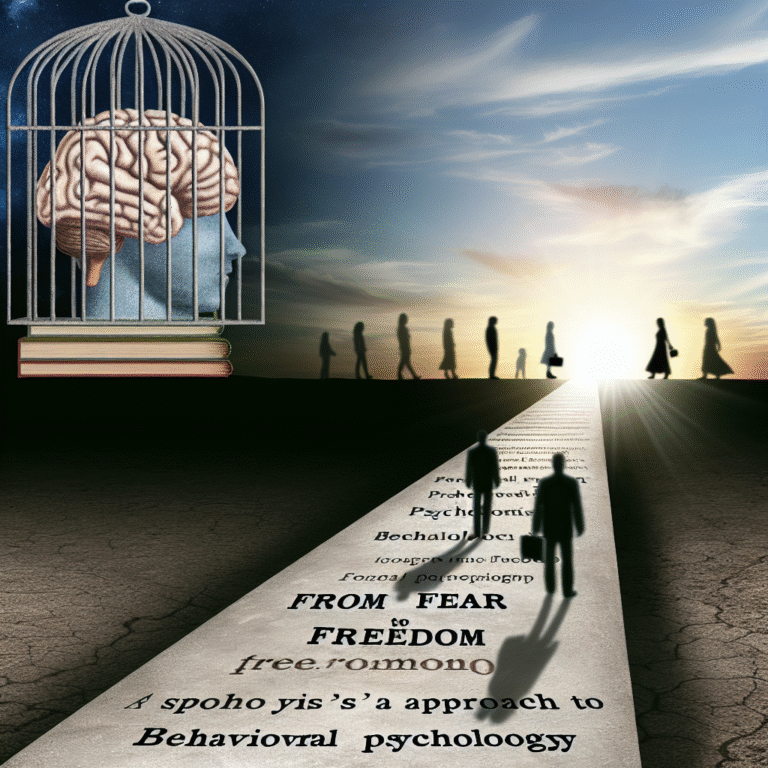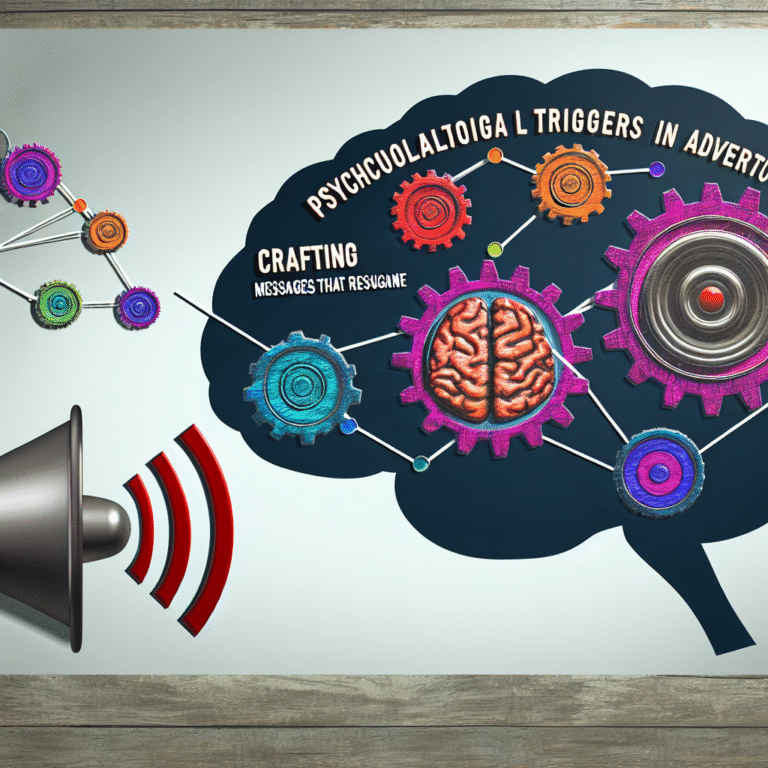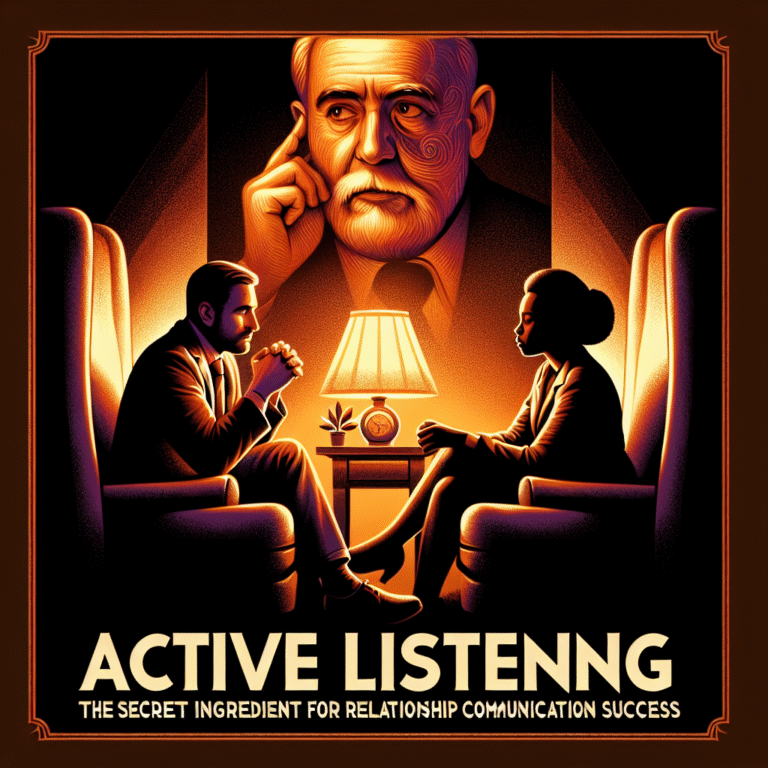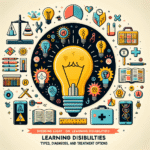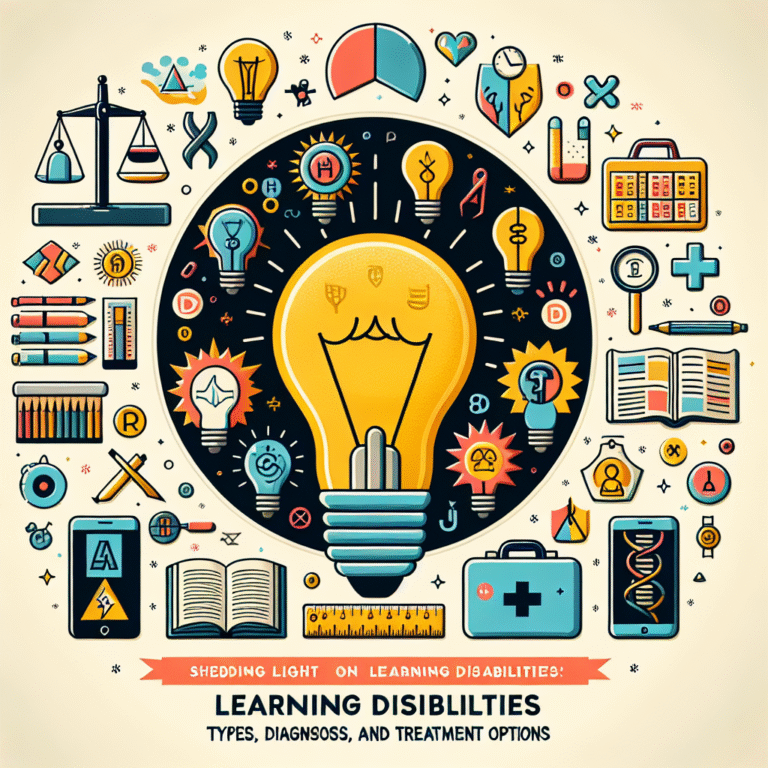
Finding Peace: 10 Essential Mindfulness Practices to Alleviate Stress and Anxiety
Introduction
In a world that often feels chaotic and overwhelming, the quest for peace has never been more crucial. Stress and anxiety have become everyday companions for many, affecting our mental, emotional, and even physical health. According to the American Psychological Association, nearly 80% of adults report feeling stressed during their daily lives. This highlights the pressing need to discover effective strategies for coping and, ultimately, finding peace.
Mindfulness practices present a refreshing and scientifically-backed approach to reducing stress and anxiety. These techniques encourage individuals to focus on the present moment, mitigate negative thoughts, and cultivate a compassionate attitude toward oneself. In this article, we will explore "Finding Peace: 10 Mindfulness Practices to Alleviate Stress and Anxiety," delving into techniques that can uplift your well-being and pave the way for a more serene life.
1. Understanding Mindfulness
Before diving into specific practices, it’s essential to grasp what mindfulness truly is. Mindfulness involves paying attention to the present moment without judgment. It encourages awareness of thoughts, feelings, bodily sensations, and the surrounding environment. By cultivating mindfulness, individuals can break the cycle of rumination that often fuels anxiety and stress.
Case Study: Emma’s Transformation
Consider Emma, a 32-year-old marketing executive battling anxiety. After attending a mindfulness workshop, she began to practice mindfulness meditation daily. Within weeks, she noticed a significant reduction in her anxiety levels and an improved ability to focus at work. Emma’s story emphasizes how understanding mindfulness can be the first step towards alleviating stress.
2. Mindfulness Meditation
Mindfulness meditation is one of the most popular practices for reducing stress and anxiety. It involves sitting quietly and paying attention to thoughts, sounds, the environment, and the breath. Starting with just a few minutes a day can create profound changes over time.
Technique:
- Find a Quiet Space: Sit comfortably, either on a chair or on the floor.
- Focus on Your Breath: Breathe in and out naturally; notice the sensation of your breath.
- Redirect Your Thoughts: If your mind wanders, gently return your focus to your breath.
Benefits:
Research shows that regular mindfulness meditation can lead to decreased anxiety and increased emotional resilience.
3. Body Scan
The body scan is a mindfulness practice that involves mentally scanning your body for areas of tension and consciously relaxing them. This technique not only fosters relaxation but also increases body awareness.
Procedure:
- Lie Down Comfortably: Close your eyes and take several deep breaths.
- Focus on Each Body Part: Start at your toes, slowly moving up to your head, noting sensations without judgment.
- Release Tension: As you focus on each body part, visualize breathing into any tension and releasing it with each exhale.
Case Study: John’s Physical Relief
John, a 45-year-old IT specialist, experienced chronic back pain and high stress. By incorporating body scans into his weekly routine, he found not only physical relief but also a newfound calmness. This example illustrates the holistic benefits of this practice.
4. Guided Imagery
Guided imagery is a technique that uses visualization to promote relaxation. This practice involves imagining peaceful places or scenarios to ease tension and anxiety.
Steps:
- Find a Comfortable Position: Either sitting or lying down.
- Close Your Eyes: Begin with a few deep breaths.
- Visualize: Imagine a tranquil scene, like a beach or forest. Engage all your senses; what do you see, hear, feel?
Benefits:
Guided imagery has been shown to reduce symptoms of anxiety and foster an overall sense of well-being.
5. Mindful Walking
Mindful walking combines movement with mindfulness. As simple as it sounds, this practice encourages you to pay attention to the experience of walking itself.
How to Practice:
- Choose a Path: Find a quiet place where you can walk uninterrupted.
- Focus on Your Steps: Pay attention to the sensation of your feet touching the ground.
- Notice Your Surroundings: Engage with your environment by observing the colors, sounds, and textures around you.
Case Study: Lisa’s Connection to Nature
After incorporating mindful walking into her daily routine, Lisa, a busy stay-at-home mom, found solace in nature. The practice allowed her to balance her responsibilities while enjoying the present. Lisa’s experience highlights how mindful walking can serve as both exercise and meditation.
6. Journaling
Journaling can be a powerful tool for managing stress and anxiety. By writing down thoughts and feelings, you can gain clarity and release pent-up emotion.
Practice:
- Set Aside Time: Dedicate at least 10 minutes a day to write.
- Free Write: Write without censoring yourself or focusing on grammar.
- Reflect: After a few weeks, review your entries to identify patterns or triggers.
Benefits:
Studies indicate that expressive writing can reduce stress, improve mood, and facilitate healing.
7. Loving-Kindness Meditation
Loving-kindness meditation encourages a focus on developing love and compassion for oneself and others.
Steps:
- Sit Comfortably: Close your eyes and take several deep breaths.
- Repeat Phrases: Silently repeat phrases like "May I be happy, may I be healthy" while visualizing happiness for yourself and others.
Case Study: Karen’s Emotional Heal
Karen, who struggled with self-esteem and relationships, found through loving-kindness meditation that her feelings shifted over time. By building compassion towards herself, her relationships improved, showcasing how this practice can profoundly transform interpersonal dynamics.
8. Mindful Eating
Mindful eating encourages awareness of the eating experience. It helps in recognizing hunger cues and makes meals a more intentional practice.
How to Do It:
- Choose One Meal: Focus on eating without distraction.
- Savor Each Bite: Chew slowly and appreciate the flavors, textures, and aromas.
Benefits:
Mindful eating can lead to healthier choices, emotional regulation, and lower stress levels during meals.
9. Progressive Muscle Relaxation (PMR)
Progressive Muscle Relaxation is a technique that involves tensing and relaxing different muscle groups in sequence.
Procedure:
- Sit or Lie Down: Find a comfortable position.
- Tense Each Muscle: Work through muscle groups, starting from your toes to your head.
- Relax: After tensing, immediately relax that muscle group and observe the difference.
Case Study: Derek’s Stress Relief
Derek, a college student under immense academic pressure, incorporated PMR into his exam preparation routine. This practice helped him combat anxiety and improved his focus. This illustrates how PMR can be particularly effective during high-stress situations.
10. Gratitude Practice
Fostering a sense of gratitude can significantly impact how we perceive stress and anxiety. Gratitude shifts our focus from stressors to positive aspects of life.
Steps:
- Daily Gratitude Journaling: Each night, list three things you’re grateful for.
- Express Gratitude: Reach out to someone and express appreciation.
Benefits:
Studies show that gratitude practices can lead to improved mental health, reduced anxiety, and increased resilience.
Conclusion
Integrating these ten mindfulness practices into your daily routine can significantly help alleviate stress and anxiety. "Finding Peace: 10 Mindfulness Practices to Alleviate Stress and Anxiety" serves as a roadmap to foster serenity amidst life’s challenges.
Whether it’s through meditation, journaling, or loving-kindness practices, there is a multitude of ways to cultivate mindfulness. Embrace these techniques to discover the unique path that resonates most with you. The journey to finding peace is personal and requires patience; however, the rewards of reduced stress, enhanced well-being, and a more joyful existence are worth the effort.
FAQs
1. What is mindfulness, and how can it help with stress?
Mindfulness is the practice of being present in the moment without judgment. It helps reduce stress by fostering awareness, allowing individuals to observe their thoughts without becoming consumed by them.
2. How much time do I need to dedicate to mindfulness practices?
Even just a few minutes a day can make a difference. Start with short sessions and gradually increase the duration as you become more comfortable.
3. Can mindfulness practice help with anxiety related to specific situations?
Yes, mindfulness can help you observe your thoughts and feelings related to specific situations without judgment, thereby reducing the anxiety associated with those triggers.
4. Is mindfulness meditation difficult to practice?
While it may feel challenging at first, mindfulness meditation becomes easier with practice. The key is consistency and patience.
5. How can I stay motivated to maintain a mindfulness practice?
Set realistic goals, practice with a friend, or join a mindfulness group. Keeping a journal can also help track your progress and maintain motivation.
Incorporating mindfulness practices into your life can lead to profound improvements in how you manage stress and anxiety. Embrace the journey of finding peace and the many rewards it can bring.





